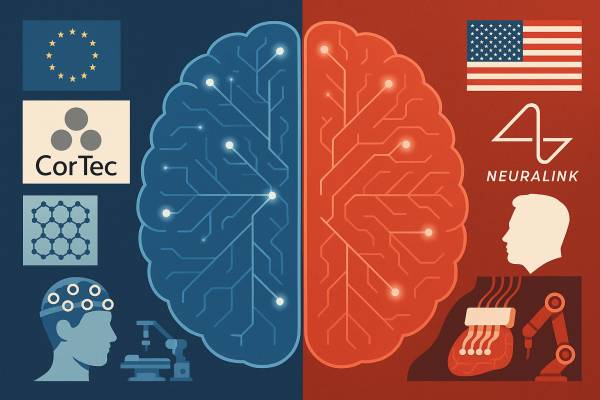A US research team led by the Massachusetts Institute of Technology (MIT) has identified a new magnetic state that previously existed only in theory and could have a significant impact on future computer data storage devices. The new phenomenon has been named p-wave magnetism, and they were the first to demonstrate it under laboratory conditions.
The discovery was based on a material called nickel iodide (NiI₂), which the researchers produced in a two-dimensional crystalline structure. This new state can be described as a mixture of the two known basic forms of magnetism: ferromagnetism (as in refrigeration magnets) and antiferromagnetism (which is present at the microscopic level but cannot be detected from the outside).
The key was the spiral arrangement of the so-called spins of the nickel atoms. Spin is a quantum mechanical property of electrons that forms the basis of magnetic behavior. In this material, the spins do not simply align in the same or opposite directions, but form a spiral that can twist to the left or right, similar to how the left and right hands are mirror images of each other.
The researchers also showed that by applying a small electric field, this spiral direction can be reversed, i.e., a left-handed spiral can be turned into a right-handed one and vice versa. This change in direction also has a direct effect on the spin of the electrons, meaning that the spin state of the electrons as they pass through the material can be controlled.
This is the basis of what is known as spintronics: instead of the charge of an electron, its spin is used to store and process information. Devices of this type can be much faster and more energy-efficient than conventional electronic systems. According to MIT researcher Qian Song, this new magnetic state could be the basis for a new generation of “ultrafast, compact, energy-efficient, and non-volatile magnetic memory devices.”
During the research, the team created tiny nickel iodide crystals and then broke the material down into thin layers. These were examined using special light, which allowed them to confirm the presence of the new magnetic state. This was the first time that p-wave magnetism had been directly observed.
However, the experiments had to be carried out at extremely low temperatures, around -213 °C. This currently poses an obstacle to everyday applications, but the researchers are confident that they will be able to demonstrate this phenomenon in other materials, even at room temperature.
The studies not only confirmed the existence of a new type of magnetism, but also paved the way for future energy-efficient, magnet-based computing devices. The research was supported by the US National Science Foundation, the Department of Energy, and the Air Force Office of Scientific Research.




























